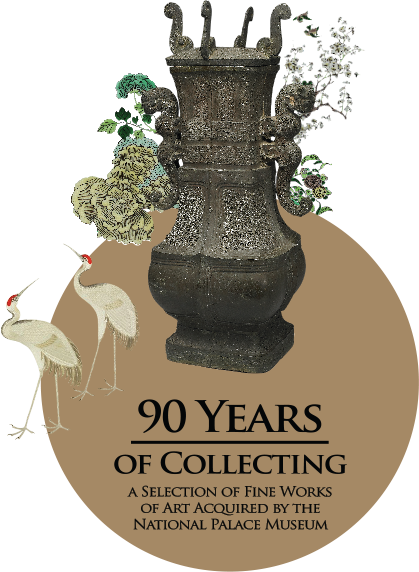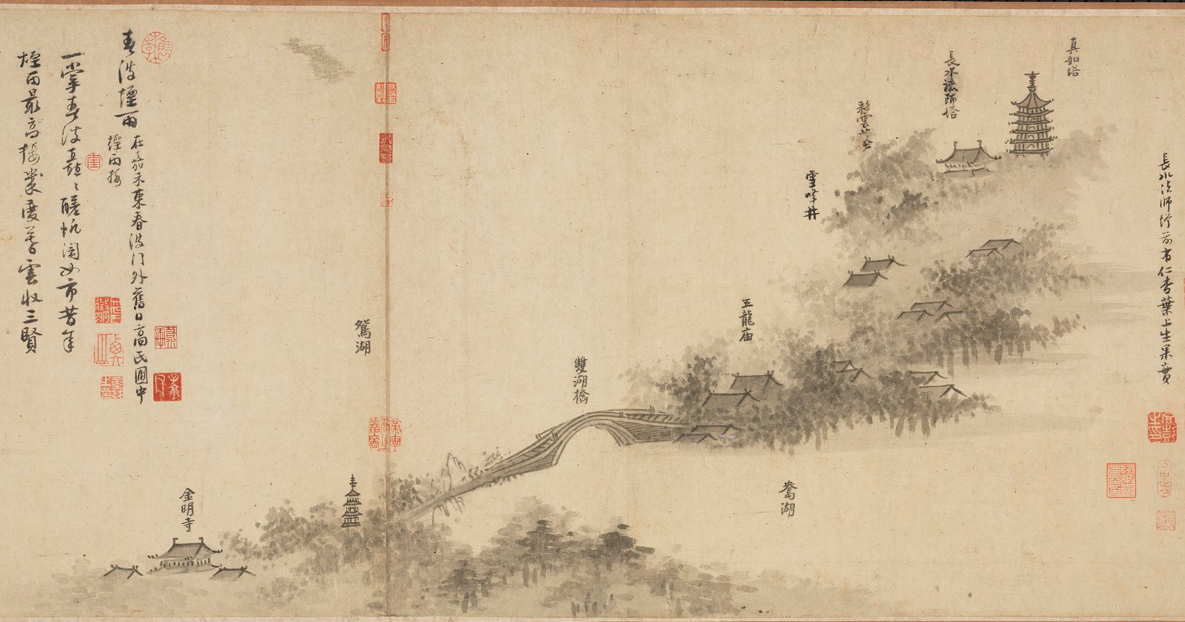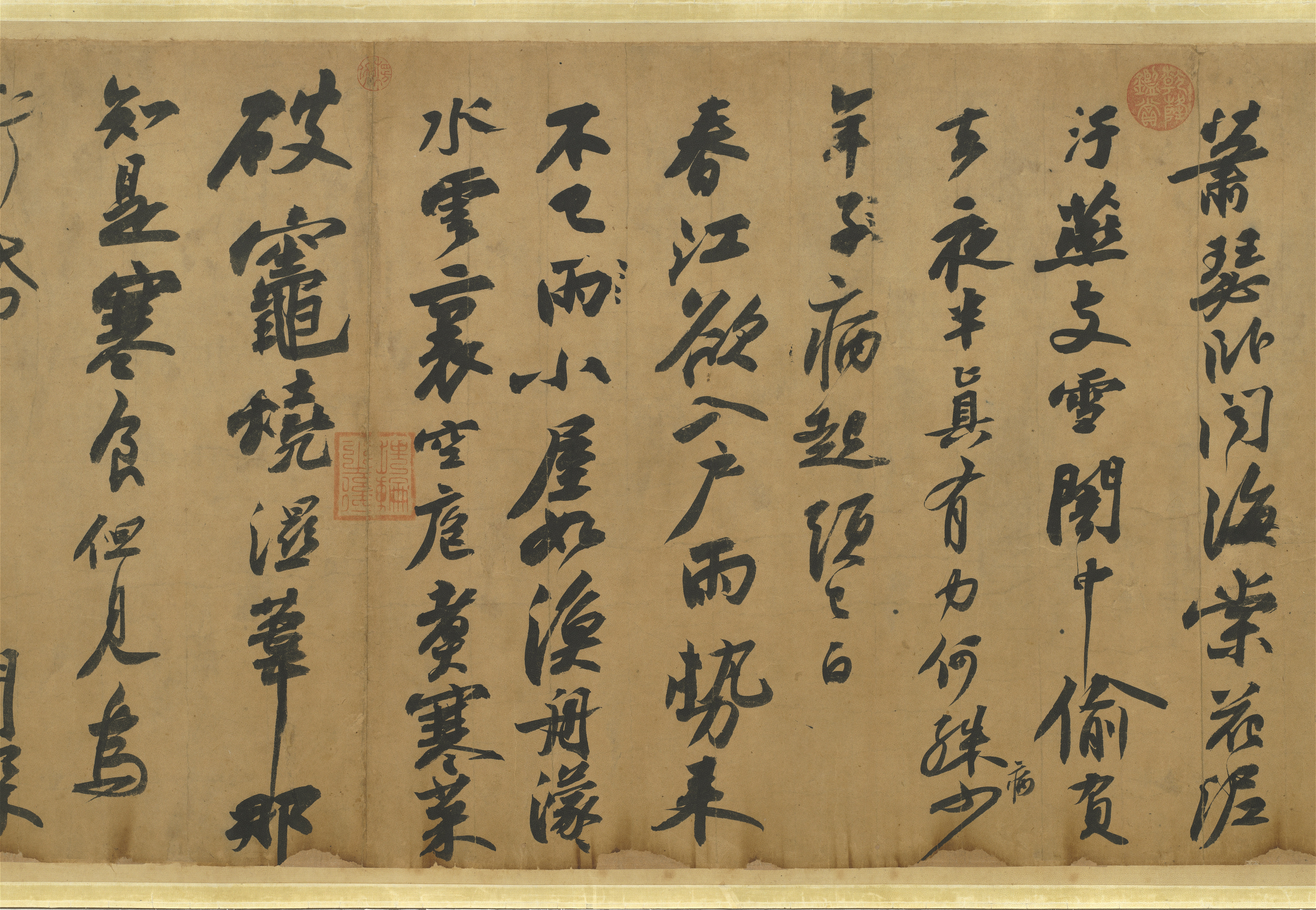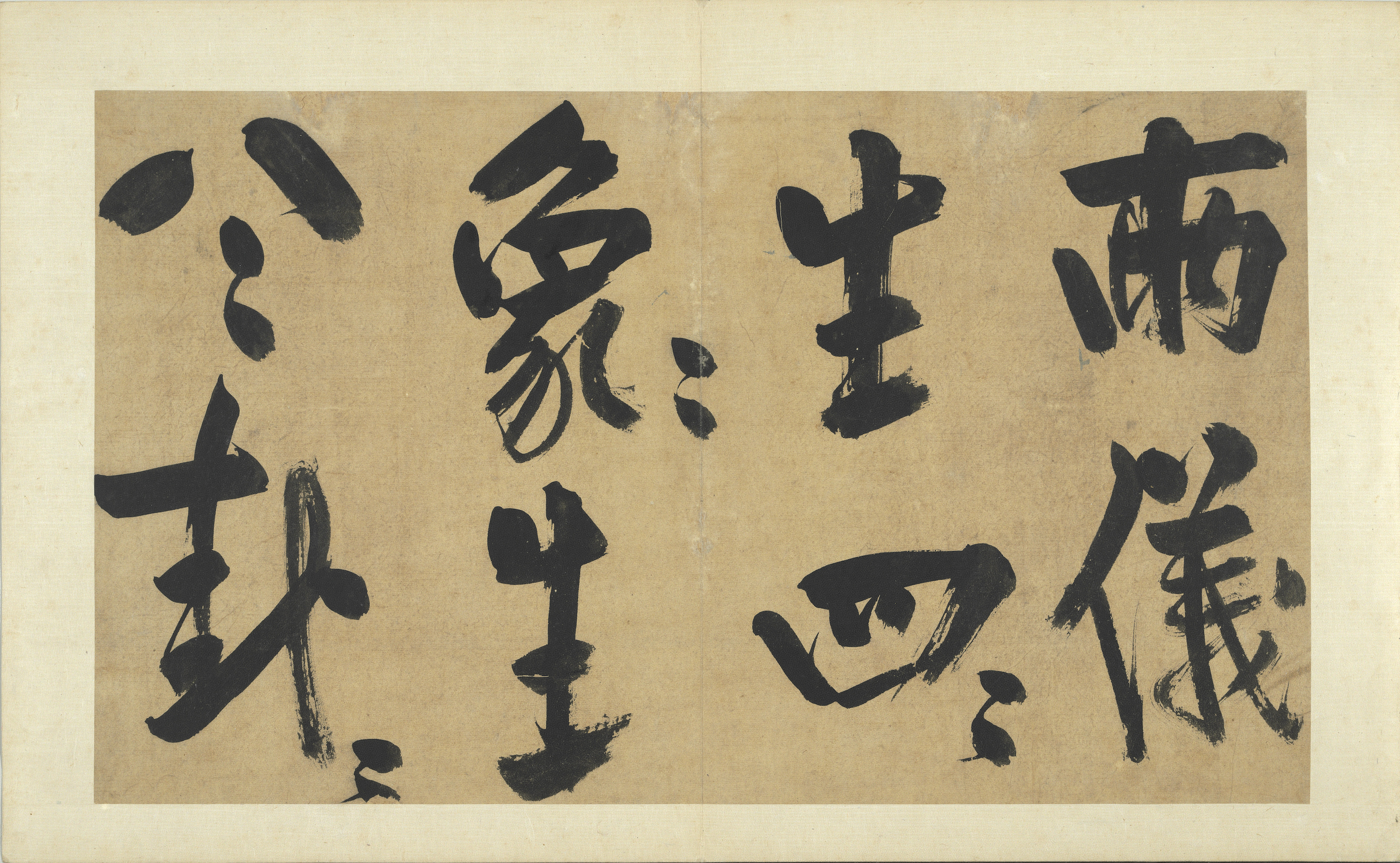The rich collection of painting and calligraphy in the National Palace Museum did not appear overnight. Back when the Museum was first established, its works of painting and calligraphy came from the former holdings of the Qing dynasty Imperial Household in various palaces, representing treasures that had been amassed by the court over many centuries. After 1949, when the Nationalist government moved to Taiwan with many of the most prized objects, great effort has been made to further bolster the collection. This includes not only the purchase of painting and calligraphy, but also accepting gracious donations from prominent figures, collectors, and institutional groups in society, creating a solid foundation for the sustained development of the Museum collection. Thus, over the past several decades, acquisitions of painting and calligraphy have already reached more than 6,000 pieces.
Many of these new acquisitions are of exceptional quality, including representative works by late Ming loyalist figures and the "Eight Eccentrics of Yangzhou," of which the original Qing palace holdings had been relatively lacking. They also feature painting and calligraphy that had once been part of the Qing imperial holdings but scattered into private hands years ago. Their reunion with the rest of the collection, thereby ensuring their proper treatment, is worthy of particular mention. In addition, the acquisition of fine works by important artists of the late Qing and the twentieth century, including those in or who had moved to Taiwan, is meant to expand the former boundaries of the collection and extend its time frame even further. Consequently, special attention has been placed on diversifying the contents of the collection to more fully reflect the trajectory of historical developments. For the collection of painting and calligraphy in the National Palace Museum, it represents the beginning of a new era. This special exhibition includes a selection of 24 works of painting and calligraphy purchased by or donated to the Museum over the years. Not only is it a way to repay the unselfish acts of donors but also to proudly present the results of the National Palace Museum's efforts at collection expansion to date.
The Eight Views of Jiahe
- Wu Zhen (1280-1354), Yuan dynasty
- Handscroll, ink on paper, 37.5 x 566 cm
Wu Zhen (style name Zhonggui, sobriquet Meihua daoren), a native of Jiaxing in Zhejiang, was known as one of the Four Yuan Masters along with Huang Gongwang (1269-1354), Ni Zan, and Wang Meng (1308-1385). This painting depicts eight scenic sites in the Jiaxing area, including "Bamboo at Kongcui," "Dusky Clouds at Longtan," "Spring Dawn at Lake Yuan," "Misty Waves at Chunpo," "Autumn Moon Among Ripples," "Torrents at Sanzha," "Soughing Pines at Mt. Xu," and "Waves at Wuzhou." Together, they make for "The Eight Views of Jiahe," which Wu Zhen did at the age of 65. All the scenes are based on actual locations in Jiaxing, to which Wu Zhen added names and notes for various temples, lake rocks, and pavilions and bridges found there. The brushwork is abbreviated and the spirit archaic yet harmoniously complete, revealing a sentiment of serenity and elegance in Nature. Mme. Chang Wei-chen (1901-1993), the wife of Lo Chia-lun (1897-1969), donated this work to the National Palace Museum in 1995.
The Cold Food Observance
This is a restricted work on display until 16 Nov. 2015 only.- Su Shi (1037-1101), Song dynasty
- Handscroll, ink on paper, 34.2 x 199.5 cm
Su Shi (style name Zizhan, but better known by his sobriquet Dongpo), the great Northern Song litterateur and a native of Meishan in Sichuan, is ranked along with Cai Xiang (1012-1067), Huang Tingjian (1045-1105), and Mi Fu (1051-1107) as one of the Four Northern Song Masters of Calligraphy. In the Yuanfeng reign (1078-1085), Su was exiled to Huangzhou (modern Huanggang in Hubei), and on the Cold Food Observance in the spring of his third year there, he became acutely aware of the change in seasons and came to reflect on his hardships and frustrations in office. Composing "Two Poems on the Cold Food Observance in Rain," he later transcribed them into this handscroll. The poetry herein reflects his turbulent emotions at the time, which he translated into the free-ranging brush and ink of calligraphy. Seen in the leaning characters here and there as well as the free and easy forms, it is why later critics praised this as Su's finest surviving piece of calligraphy. The size of characters in the colophon afterwards by Huang Tingjian, another great in poetry and calligraphy who was also a friend of Su, surpasses those of Su. Although Huang humbly claimed to have been put into the spotlight upon Su's passing, his calligraphy as seen here still stands the test of time, the beauty of both these masters' works equally outstanding. The National Palace Museum purchased this masterpiece in 1987.
Commentary on The Book of Changes
- Zhu Xi (1130-1200), Song dynasty
- Album leaf, ink on paper, 36.5 x 61.8 cm
Zhu Xi (style name Yuanhui, sobriquet Hui'an), a native of Wuyuan in Huizhou (part of modern Jiangxi), was a famous Neo-Confucian philosopher of the Southern Song period. The contents of this album are excerpted from the first and second "Commentary on Appended Phrases" to The Book of Changes (Yijing) as well as "Explanation of the Trigrams," including a total of 14 leaves. This work is the only surviving example of Zhu Xi's large-character calligraphy. It had passed through the hands of collectors in the Yuan and Ming dynasties before finally entering the court during the Qianlong reign of the Qing dynasty during the 18th century, bearing testimony to its long history of ownership. Each line has only two characters, which are heavier on top than at the bottom. The brush force is deep and steady yet quick, like the slashing of a sword in which the bones and tendons of each stroke are exposed to reveal their solidity and power. The ink tones are also dark and swarthy with traces of the paper exposed in the strokes ("flying white") caused by the brush hairs splitting from force and speed. The spirit radiating here makes this a Zhu Xi masterpiece of large-character calligraphy. Mr. Lin Tsung-yi (1923-2006) donated this work to the National Palace Museum in 1983.
